Ciao! It’s no secret that some of the most delicious foods enjoyed globally have originated within the borders of that bewitching boot-shaped country: Italy! Traditional Italian food has crossed over and become a delightful visitor on family menus for decades. Of course, authentic Italian food is a delicious combination of influences that showcase the history of this country. Everything from the rice of the northern provinces introduced from the Middle East in the 13th Century to kitchen staples like lemons, figs, aubergine and pine nuts cultivated by the occupying Moors in Sicily – the very best food in Italy is as varied as its origins.
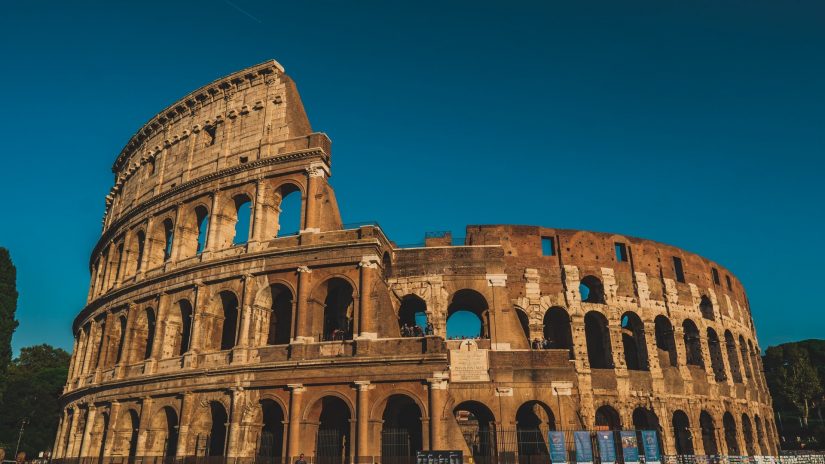
If you are contemplating your very first visit to Italy or a seasoned Italian traveller looking for inspiration, here are my top picks for real Italian food based on some of its geographical regions.
Emilia-Romagna
I start here as this region contains the fabulous city of Bologna. This vibrant city is viewed as the foodie capital of Italy. Lots of small restaurants and cafes produce delicious plates of food that can be as formal or as uncomplicated as you wish. The ingredients are the star of the show. First off, Parma Ham in produced only in Emilia-Romagna (ER) as is the sweet and delicious Parmigiano-Reggiano cheese. Throw in the sublime balsamic vinegar of Modena and you have three key ingredients that are a part of many of the great dishes of Italy.
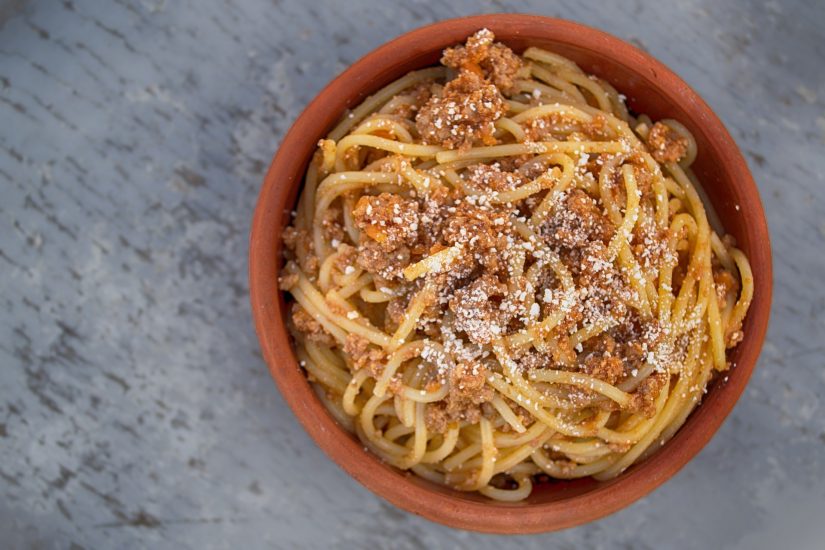
To appreciate why these ingredients are so revered you must first understand the time that is invested in the production. For instance, the Parmigiano-Reggiano wheels of cheese are matured for upwards of 12 months – often for as long as 2 years. Each large wheel is inspected closely and if it falls below the standard of what is expected its PR stamp is removed.
The champagne of the balsamic world, Aceto Balsamico Traditionale has two specific kinds of vinegar. The first ages for a minimum of 12 years. Yes, that’s right – 12 years! While the second spends 25 years preparing for its debut. Once you get into the flow of life in Italy you begin to move at this languorous pace. Leisurely lunches that involve plates of cured meats and cheeses, accompanied by a good wine cannot be rushed. The food on your plate has been treated with reverence before it reaches your lips. All that’s required is for you to pay homage and enjoy each scintillating morsel!
What to Eat in Emilia-Romagna
Well, it’s just got to be Ragu Alla Bolognese. You may be more familiar with the term SpagBol or Spaghetti Bolognese, it’s the most popular food in Italy winning the title of Italy’s national dish. Undoubtedly, it is probably Italy’s most famous ‘export’ too. Do please park any preconceptions you might have about this dish before you try it. Once you are at a good table in ER, the Ragu is a world away from the claggy, sauce-heavy plates often found on menus back home. In its natural habitat, this is a luscious combination of perfectly cooked pasta and a rich meaty sauce that tantalisingly clings to the pasta strands. Buon Appetito!
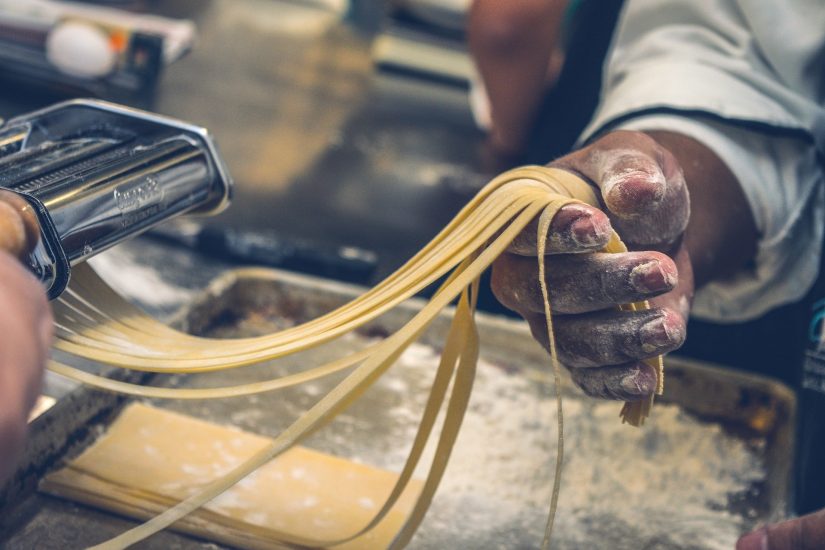
Lombardy
Heading further north we’re about to enter a region that offers travellers a feast for all the senses. Heavenly Lake Como and Garda with their vertiginous mountains all around are where travellers can enjoy natural beauty in all its forms. Heading down to the lowlands, the stylish city of Milan is waiting to be explored.
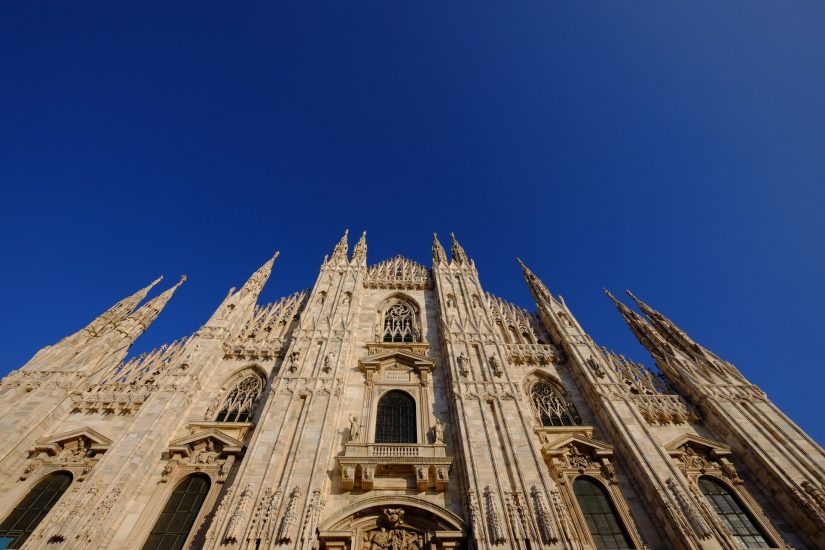
Traditional Italian dishes that are a feature of this region reflect what is grown nearby. The majority of rice that reaches the Italian table originates from the Northern plains. Consequently, you are always going to find creamy risottos on menus. The very famous Risotto Milanese is a savoury rice dish as bright and yellow as the sun over Lombardy. Delicately flavoured with saffron, this is a regular feature in any good restaurant across Northern Italy.
What to Eat in Lombardy
The lakes offer diners delicious freshwater fish. A much lighter option that oily sea-going fish, the ‘white fish’ of the lake, cooked in butter and sage is a perfect lunch on your private villa terrace overlooking the enchanting Lake Como.
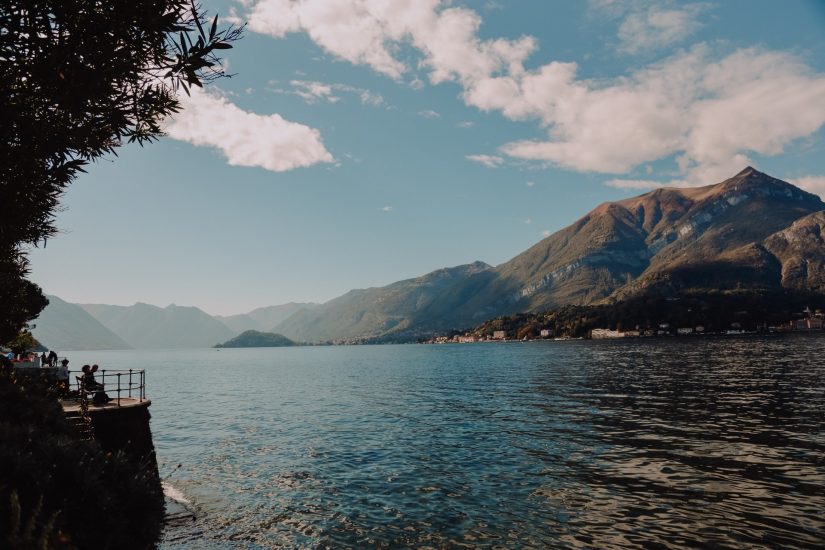
Tuscany
Probably one of the most popular destinations in Italy is Tuscany. With cities like Florence, Sienna, Lucca, Pisa and the historic towns of San Gimignano and Volterra there is so much to see. It certainly doesn’t hurt that some of the greatest vineyards of Italy sweep over the softly rounded hills of this region. Like most of Italy, it’s just impossible to find a bad view. Around each bend in the road lies another picturesque stone farmhouse sitting on an ancient hill dotted with cypresses.
I believe you could holiday in and around Tuscany each year for decades and still have amazing villages and towns to explore. The food certainly makes visiting Tuscany an easy prospect. The traditional Italian cuisine of Tuscany isn’t as internationally known as, say, Lasagna but the dishes do reflect not just what is produced within the region but also how people have lived for centuries.
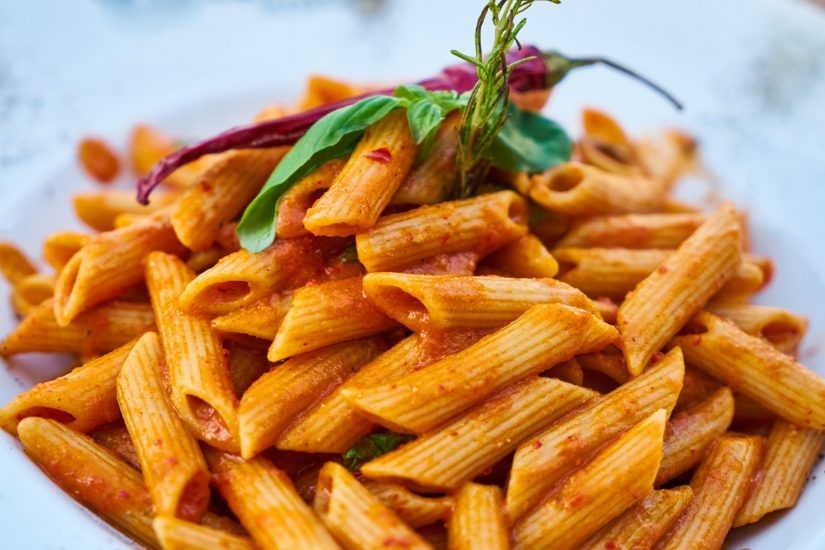
A number of Tuscan dishes involve beans. You find them in soups, casserole, salads. Another Tuscan speciality is the recycling and reusing of ingredients from other meals. This might sound rather disappointing – I mean, who really wants to be eating left-overs? A lot of this good home economy springs from the ‘la cucina povera’ idea – literally translating as ‘cooking of the poor’. It involved using cheap off-cuts of meat or offal and, of course, reusing everything. No Italian dog was going to get chubby from the remnants of any good Italian dinner.
These dishes have now worked their way into the fabric of Italian life and have become the comfort food of Italian families. It is the link with their grandparents who lived through civil war and famine and understood the value in wasting nothing.
Tuscan Panzanella, a chilled bread salad, if for me the pinnacle of what I like to call upcycled food! Stale bread, infused with vinegar and mixed with fresh tomatoes, onions and basil is something you can easily rustle up in your Tuscan villa. The key advantage, it doesn’t require cooking so no slaving over a hot stove on a balmy sunny day. As well, this dish ensures that any of that incredible Italian bread that might be slightly past its best gets used up. Admittedly, is Italian bread ever left over? I, for one, don’t believe it is. It’s just too good!
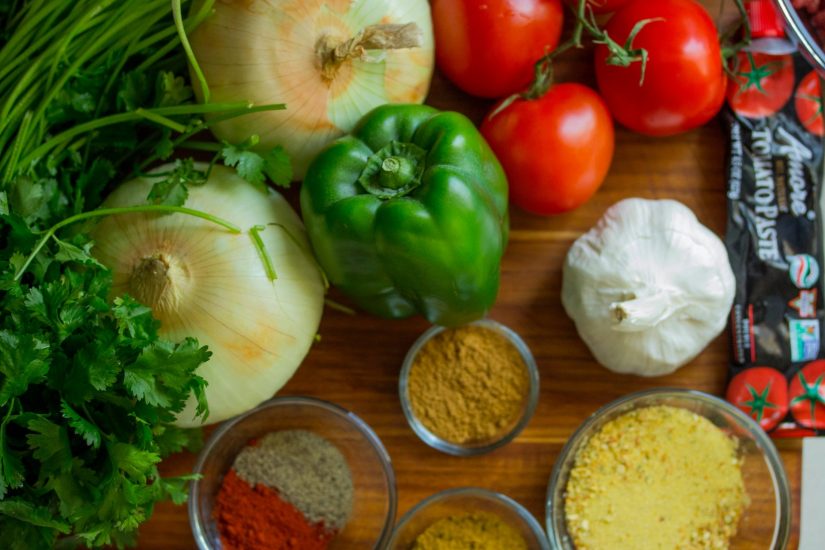
What to eat in Tuscany
My pick for this region is that door-stop sandwich that you can buy in San Gimigiano and consume on the hoof as you take in the towers. It’s a good quality Italian roll filled with freshly roasted whole wild boar (porcetta). Meaty, salty and flavoursome. It’s one of those brilliant street-food ‘take-away’ options when time is precious and you cannot dedicate your afternoon to a long lunch. Yummy!
Campagna
Swooping further south, we arrive at the jaw-droppingly dramatic coastline of Amalfi. Sheer cliffs drop into a turquoise sea where the Isle of Capri sits in all her majesty. Inland, there are olive and lemon groves that spread like a gorgeous patchwork quilt over the hills of Campagna.
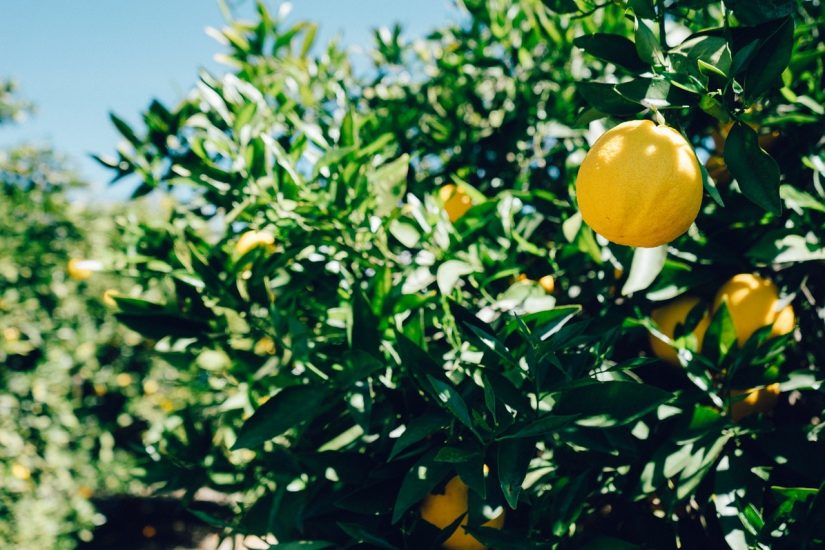
Like the Parma Ham of Emilia Romagna, the unique Buffalo Mozzarella di Campagna is a strictly regulated product. Only this white and creamy cheese is allowed to bear the stamp of authenticity that shows it has been carefully produced in Campagna. Once you taste it, you will forever be drawn to this variety of mozzarella. Sitting on a plate with lush sun-ripened local tomatoes and fragrantly flavoured with some fresh basil you get an Insalata Tricolore – red, white and green – the Italian flag on a plate. Eating this simple dish accompanied by quality Italian bread and a good local white wine is the epitome of the perfect lunch that even the most culinary-challenged of individuals can master.
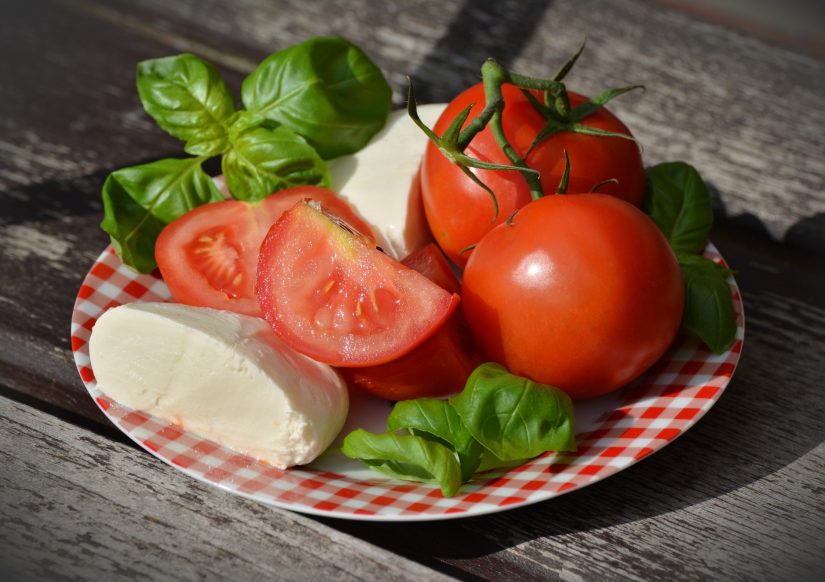
For me, I think that’s one of the greatest features of food in Italy is that so many dishes involve putting together the simplest of ingredients, without cooking, into something both satisfying and tasteful!
Amalfi, reaching out into the sea, demands that you embrace all things oceanic. Shellfish are a big feature of dining anywhere along the coast. The pretty towns of Positano, Amalfi and Ravello have exquisite restaurants that will lure you away from your private villa with the promise of refined Italian dishes that have achieved Michelin recognition.
Undoubtedly, Amalfi draws an eclectic mix of glitterati to its romantic shores year on year. It’s not all Gucci and glamour though, there is a natural unspoiled quality to the region of Campagna. Long picnics in the hills and the exploration of quiet and remote coves can be balanced with a dazzling nightlife in Sorrento and Capri.
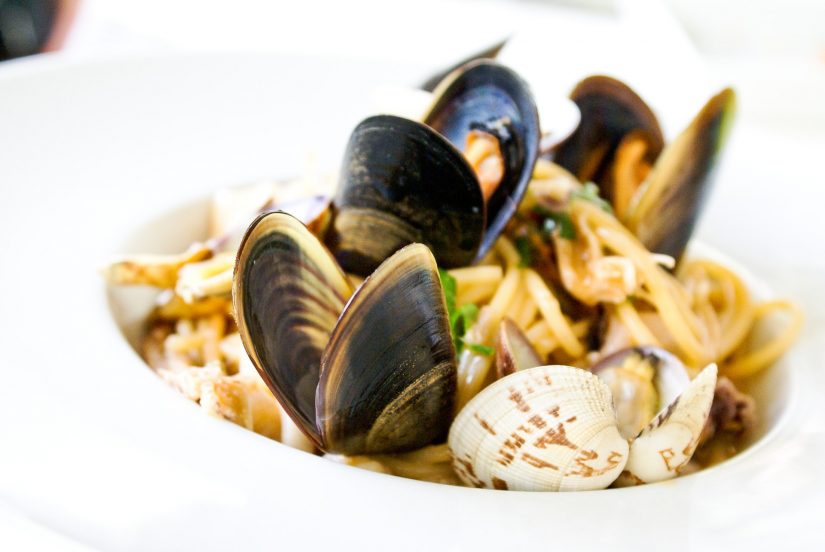
If you are a history hound, for something very different you can visit Pompeii and Herculaneum and see the ancient cities emerging intact from centuries of entombment under lava.
For some urban frisson, you must go to Naples. It has earned the reputation of being a bit of a renegade city. The locals are vocal – but, hey, where aren’t they in Italy! It is a city bursting full of personality and with a good guide, you could see and experience the beating heart of Italy.
What to eat in Campagna
Pizza!!! Of course. The Neapolitans have taken the art of pizza making to a whole new level. What I love best about local pizza in Naples isn’t some pimped up versions overloaded with wild toppings. No, for me, the pizza that is winning over hearts and taste buds is the very basic Margherita pizza. This is the true-blue benchmark for all good pizza. The lightness of the dough, the swish of the tomato sauce, a generous offering of mozzarella and the pre-requisite seasoning are key but so is the swiftness of the cooking process.
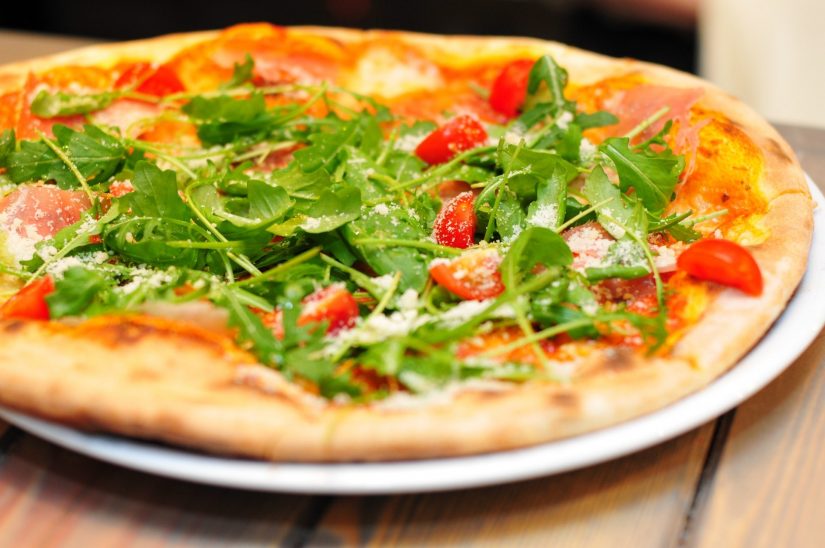
The pizza ovens in these small traditional pizzerias are more like forges where horseshoes could be moulded. Fiercely hot, the pizza is flash cooked and presented to you in all of its perfection. You have to attack your hot and cheesy slice with your hands. No dainty knife and fork action, please. It is street food, really, and always at its best when you enjoy it out of the door as a ‘quick’ option.
Sicily
A little hop across from the ‘toe’ of Italy and we are in Sicily. It is a world away from mainland Italy with its own dialect and customs. Sicily is that feisty island that seems to perceive Italy as something rather unimportant off its coast.
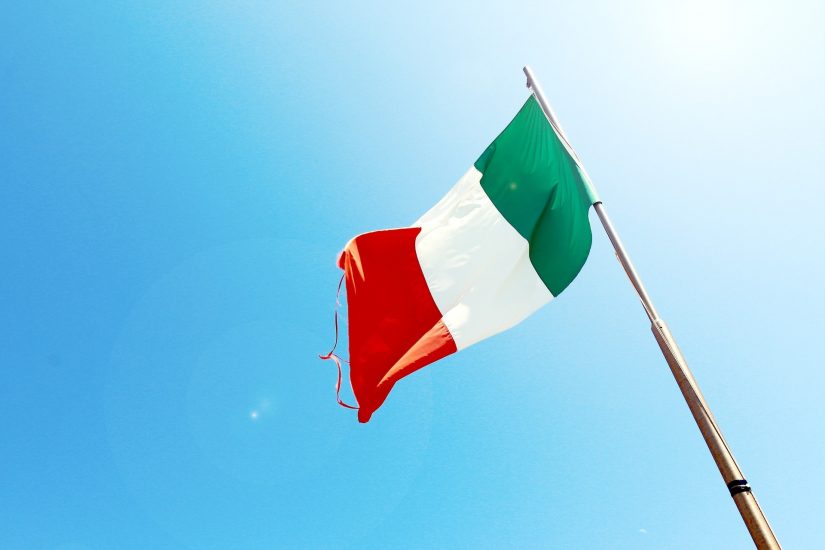
Once under Moorish and Greek rule, this island has benefited from the traditions of horticulture these ancient cultures brought to the island. Aubergine is the greatest import from Africa and it makes its way into many Sicilian dishes. Pasta Alla Norma is the most famous. Created in Catania, Sicily, this traditional dish is made with macaroni, tomatoes, aubergine and ricotta cheese. It’s one dish you will find on any menu across this island.
What to eat in Sicily
A gorgeous aromatic stew, Caponata, is made of fried aubergine and celery seasoned with sweet vinegar and capers. It has substance yet is one of those wonderful vegetable dishes that make being a vegetarian in Italy such an easy concept. Enjoyed with a good local red from the Nero d’Avola grape and you have the best of Sicily on a plate.
Conclusion
This is the merest introduction to some of the great food of Italy. The many other regions have their own speciality that incorporates polenta, a myriad of pasta of all shapes and sizes, meats, fish, cheese, vegetables. These are the savoury notes of Italy in all of their simplicity. The Italians do have their more unusual food offerings too. For instance, tripe and onions in Florence is a traditional dish that might not be to everyone’s tastes. I am not a particular fan of veal either but it is a key ingredient of Saltimbocca native to Rome in the region of Lazio.
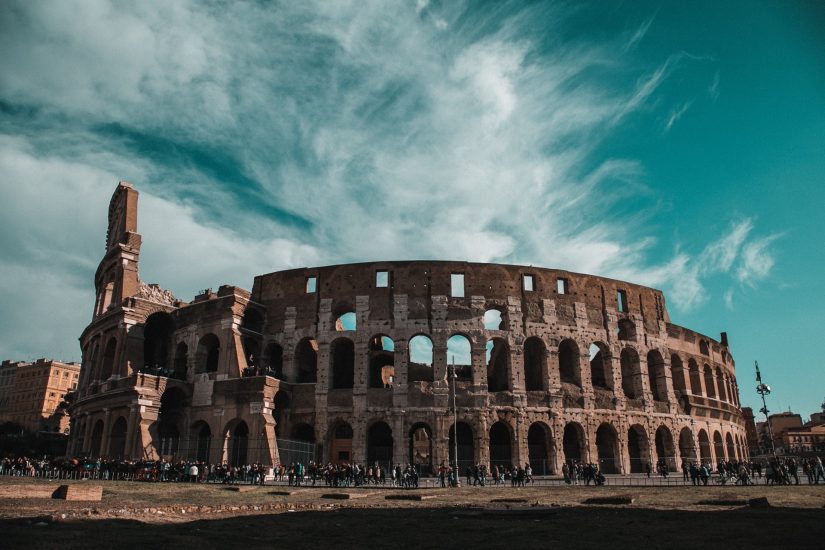
The winning feature of all Italian dishes is the ingredients. From the olive oil to the grains, to the quality of fish and meat – you start with something simply perfect and end with something sublime.
Like all good meals let me end on a sweet note. Italy is no stranger to delicious desserts. Tiramisu is one of the most widely known outside of Italy. Rich coffee and liqueur infused sponge with a dreamy creaming topping and you have a cool and gorgeous conclusion to any dinner. For something to enjoy as a little sweet treat that you can bring home with you, let me introduce you to Torrone. It is believed to have originated in the region of Veneto in Italy. It is a white nougat made from egg whites, sugar and honey filled with chopped nuts and candied fruit. This delicious treat appears in many stores wrapped up like perfectly jewelled parcels. The high nut content means it is, of course, very good for you, and a little goes a long way … or so I’m told.
So, there you have it. A delicious tour through Italy where the Dolce Vita existence is waiting to be explored! Enjoy every morsel
About Mairead Moriarty
Born and raised in Co Kerry, lived in London, New York, San Francisco, Dublin. Owner of one very battered suitcase, a well-worn passport and a million memories.
It seems very fitting for a travel writer that my surname translates as ‘Skilled Navigator’. Apart from an occasion when, aged 3, I got lost in a Supermarket in Tralee, I have managed to live up to my name!
Curiosity is probably the driver that has sent me on magical mystery tours around the world. I want to ‘feel’ a place. I want all my senses to be engaged: from the history and geography that has influenced a country or city, the arts and achievements of its natives, anything and everything really.
Regardless of whether I am on a local train travelling through Morocco, or poking around in Marconi’s study in Bologna or on a canal boat weaving through the heart of the English countryside, the same rules apply - ask questions, talk to locals, eat what they eat, sit quietly with nature and simply be.
Assimilate as much as is possible so as to understand the soul of a place. That is my passion. That is the compass by which I navigate.


